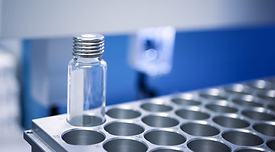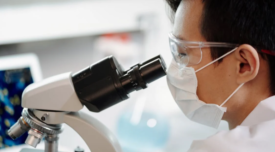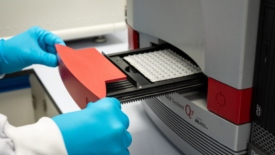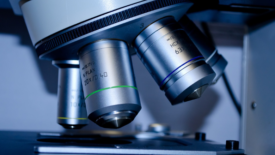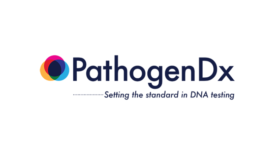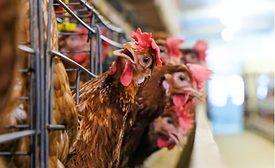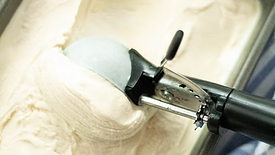Methods
BIZTRACKS
Hygiena Announces New U.S. Patent for SalQuant Salmonella Quantification
July 26, 2023
BIZTRACKS
Spectacular Labs to Unveil Automated Pathogen Testing System at IAFP 2023
July 12, 2023
Monitoring All Salmonella Serovars in Poultry Production by Applying an Integrated Approach of PCR and HTS
Monitoring all Salmonella serovars is important to establish a complete epidemiological picture and prevent foodborne illness
June 1, 2023
Never miss the latest news and trends driving the food safety industry
eNewsletter | Website | eMagazine
JOIN TODAY!Copyright ©2024. All Rights Reserved BNP Media.
Design, CMS, Hosting & Web Development :: ePublishing
